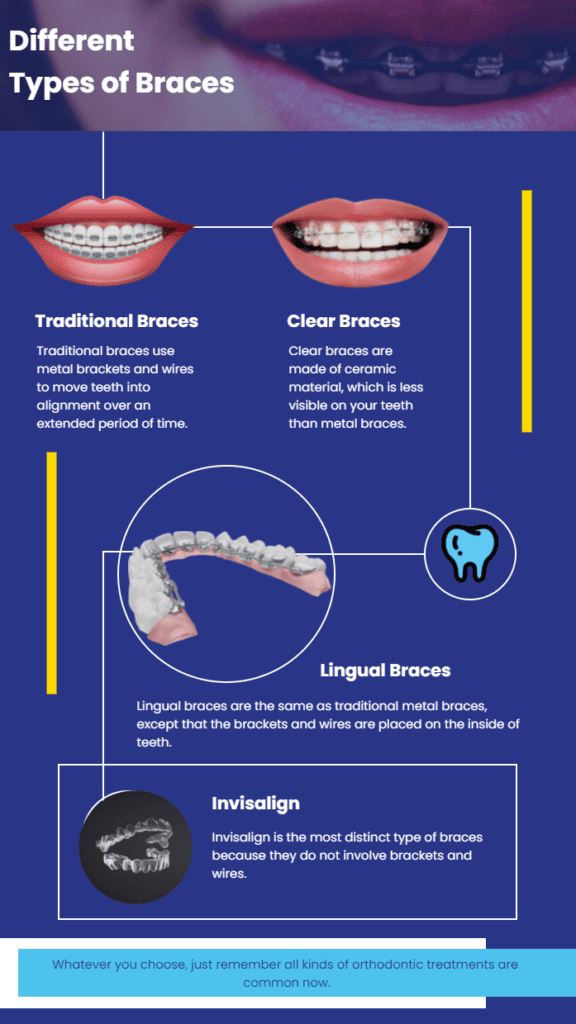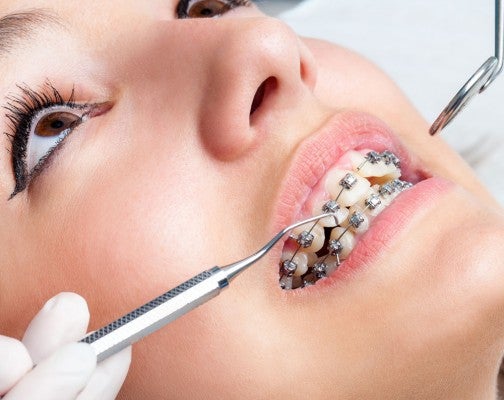The Advantages of Choosing a Cumming Orthodontist for Your Braces and Aligners
The Advantages of Choosing a Cumming Orthodontist for Your Braces and Aligners
Blog Article
Comprehensive Overview to Orthodontics Procedures for Fixing Oral Imbalances
Comprehending the ins and outs of each treatment, including their devices, benefits, and possible disadvantages, is important in making informed choices regarding one's orthodontic therapy. As we browse through the comprehensive guide to orthodontic procedures for correcting oral imbalances, the elaborate details of each technique will unfold, shedding light on the course toward a unified and functional dental positioning.
Orthodontic Procedures Summary

In enhancement to clear aligners and standard dental braces, orthodontists might additionally advise various other interventions like headwear, palatal expanders, or retainers to attend to specific alignment concerns (aligners). These procedures are customized to each person's special demands and may include a combination of treatments to achieve the desired results. Routine changes and tracking are essential parts of orthodontic therapy to ensure development gets on track and to make any type of essential alterations along the means. By going through orthodontic procedures, individuals can not just achieve a straighter smile but likewise enhance their overall oral health and feature.
Standard Braces: Exactly How They Work
When taking into consideration orthodontic therapies for oral imbalances, traditional braces attract attention as a reliable technique for correcting teeth placing. Traditional braces include brackets, wires, and bands that interact to apply constant stress on the teeth, progressively relocating them right into the wanted positioning. The braces are connected to the teeth making use of an unique adhesive, and the cords are threaded through the braces. By changing the tension of the cords, orthodontists can control the direction and pressure applied to each tooth, assisting them right into proper alignment over time.
As stress is used to the teeth with the braces, the bone bordering the teeth is improved to sustain the new tooth settings. Individuals will certainly require normal adjustments at the orthodontist's workplace to make sure the braces continue to apply the proper stress for reliable teeth activity.
Unseen Aligners: Disadvantages and pros
Undetectable aligners supply a discreet and practical option to typical braces for correcting oral imbalances. These clear, tailor-made trays are practically invisible when put on, making them an appealing choice for individuals looking for an extra aesthetically pleasing orthodontic therapy. One of the primary benefits of unseen aligners is their removability, permitting less complicated upkeep of oral hygiene compared to typical dental braces. Patients can eliminate the aligners prior to eating or cleaning their teeth, minimizing the risk of cavity filling food getting embeded the appliance and streamlining the cleaning process.

Surgical Orthodontic Options
Surgical treatments in orthodontics present feasible choices for dealing with complicated oral misalignments that may not be successfully fixed via conventional orthodontic treatments. While invisible aligners and standard dental braces can correct lots of orthodontic issues, certain instances need medical treatment to accomplish optimal outcomes. Surgical orthodontic choices are typically advised for extreme malocclusions, significant jaw inconsistencies, and cases where the underlying bone framework requires modification to achieve appropriate placement.
One typical medical orthodontic procedure is orthognathic surgical procedure, which includes rearranging the jaws to remedy functional concerns such as trouble eating or speaking. This surgical procedure is typically carried out in partnership with an orthodontist who assists straighten the teeth prior to and after the procedure. Surgical orthodontics may likewise involve procedures to reveal affected teeth, get rid of excess periodontal tissue, or improve the jawbone to create an extra harmonious face profile.
Prior to taking into consideration surgical orthodontic alternatives, patients undertake an extensive evaluation to identify the need and prospective benefits of such interventions. invisalign. While surgical treatment might appear overwhelming, it can dramatically enhance both the function and looks of the smile in instances where standard orthodontic treatments fail
Retainers and Post-Treatment Care

Failing to comply with post-treatment treatment instructions can result in relapse, where the teeth gradually relocate back in the direction of their original positions. Regular retainer wear, good dental health, and normal dental exams are important for keeping the results attained with orthodontic surgical treatment and making sure the long-lasting stability of the remedied oral positioning.
Final Thought
Finally, orthodontic treatments provide numerous alternatives for remedying oral misalignments. Conventional braces utilize steel brackets and cables to next page change teeth into correct alignment. Unseen aligners provide an even more very discreet option yet may not appropriate for all cases. Surgical orthodontic options are readily available for more severe misalignments. Retainers are generally made use of post-treatment to keep the brand-new placement. In general, orthodontic treatments can successfully improve dental health and wellness and aesthetic appearance.
As we navigate with the detailed overview to orthodontic procedures for dealing with oral imbalances, the elaborate details of each method will certainly pediatric dentist near me unravel, losing light on the course toward a unified and functional oral positioning. - aligners
One of the most common orthodontic treatments is the usage of dental braces, which consist of metal brackets and cords that use mild pressure to slowly shift teeth right into the preferred placement.When thinking about orthodontic treatments for oral imbalances, traditional braces stand out as a reliable approach for fixing teeth positioning. In addition, undetectable aligners might not be suitable for complicated orthodontic issues that require more substantial teeth motion, as they are normally suggested for light to moderate instances. Retainers are personalized orthodontic devices made to hold teeth in their corrected settings after the conclusion of orthodontic treatment.
Report this page